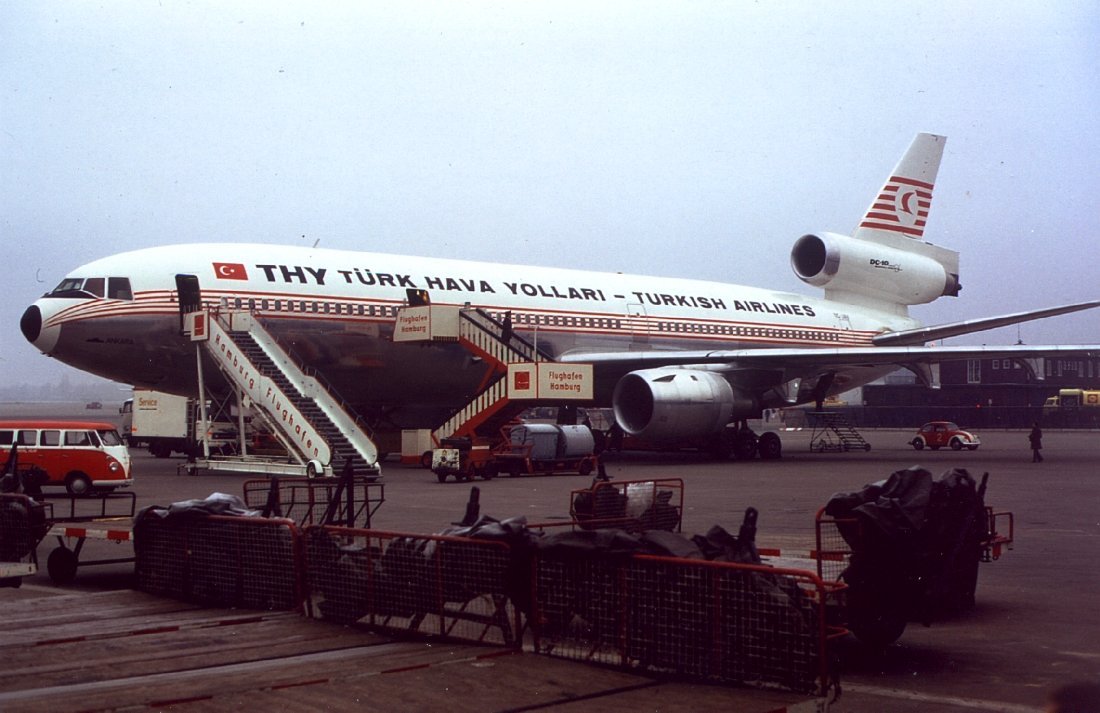One thing I've never understood about my fellow Canadians is their nationalistically charged evangelism for Tim Horton's. Not that I have anything against Timmy's. I just don't consider cheap, gut-rock-inducing coffee and glucose crash-inducing fried dough products to be a source of national pride on par with our natural splendour, social progressiveness and supremacy at team boxing on skates. Forgive me, but I don't understand the mass appeal.
Granted, as a longtime expatriate living in Japan, there were certainly days when I had an inexplicable hankering for Timbits and that weird tasting but oh-so-down-home coffee. Yes, I got those cravings every now and then, although not nearly as often as I now find myself craving okonomiyaki, Asahi Super Dry on tap and maniacal game shows starring bizarre men in loud suits and helium-voiced female co-hosts. But I didn't crave it because it was good; I craved it because it reminded me of home.
Now that I'm back in Canada, Tim Horton's is a semi-regular component of my diet by virtue of the fact that it's a) ubiquitous, b) cheap, c) predictable and d) it's more closely resembles actual food than anything produced by McDonald's. Having said that, I do have a serious bone to pick with the Tim's, and one that has nothing to do with the actual consumables they purvey. My bone of contention is the age-old but still enduring "Rrrrroll up the rrrrrim to win" campaign, campaign that's defined Tim Horton's since approximately forever and remains one of the most environmentally unsound marketing campaigns out there.
For the benefit of readers outside Canada who are unfamiliar with the Tim's chain, the "Rrrrroll up the rrrrrim" campaign (with the obligatory Slavic-sounding 'R' trill) is a longstanding Tim Horton's tradition whereby customers unroll the rim of their cardboard coffee cups to see if they've won a prize. It should be said that I've never known anyone who's actually won anything through this method, but I would assume that the company would have been sued a long time ago if there weren't actual prizes in the offing. I can remember the "Rrrrroll up the rrrrrim" TV commercials from my childhood, and 30 years later it's still the chain's best-known catchphrase.
While Tim Horton's marketing people undoubtledly take the view of "If it ain't broke, don't fix it." Fair enough, except while the campaign might not be "broke" the planet increasingly is, and practices like this are a contributing factor to Gaia's demise. Consider the fact that this campaign not only discourages the use of travel mugs in the place of cardboard cups with plastic lids (because you can't rrrrroll up the rrrrrim of a travel mug), but it also results in damaging an otherwise perfectly reusable cardboard cup. I suppose you could still drink out of a cup with a rrrrrolled up rrrrrim, but it scarcely makes for a pleasant coffee-drinking experience.
Our society is decidedly arbitrary when it comes to being ecologically sensitive. We embrace certain sustainable practices (such as bringing eco-bags to the grocery store, which is increasingly mainstream practice) while completely overlooking others, such as the travel mug. Myself I prefer travel mugs, not only for environmental reasons but also because I find them more pleasant to drink out of than a cardboard or styrofoam cup. Why is it, then, that the only people who seem to use them are college students and construction workers? At most university campuses you get cheaper coffee if you use a travel mug. By contrast, when you go to most chain coffee outlets and pull out a travel mug, it's generally greeted with a quizzical expression, if not with irritation.
If any Tim Horton's marketing and communications people are reading this, here's my message to you: it's time to scrap the "rrrrroll up the rrrrrim" campaign. Not only is it behind-the-times in terms of sustainability, it's frankly a tired old campaign that could used to be changed. Instead, I would love to see a contest whereby you have to bring a reusable mug in order to win a prize. Not only would it be good for the planet, but it would be a huge publicity boon for you on the corporate social responsibility front - and it would save the company money in terms of cup inventory. You could even keep the same catchphrase format by replacing it with something like "Rrrrreuse your rrrrreceptacle to win" or something like that. Think about it.
In the meantime, I encourage everyone to boycott "rrrrroll up the rrrrrim." You personally might not win, but the planet will.









